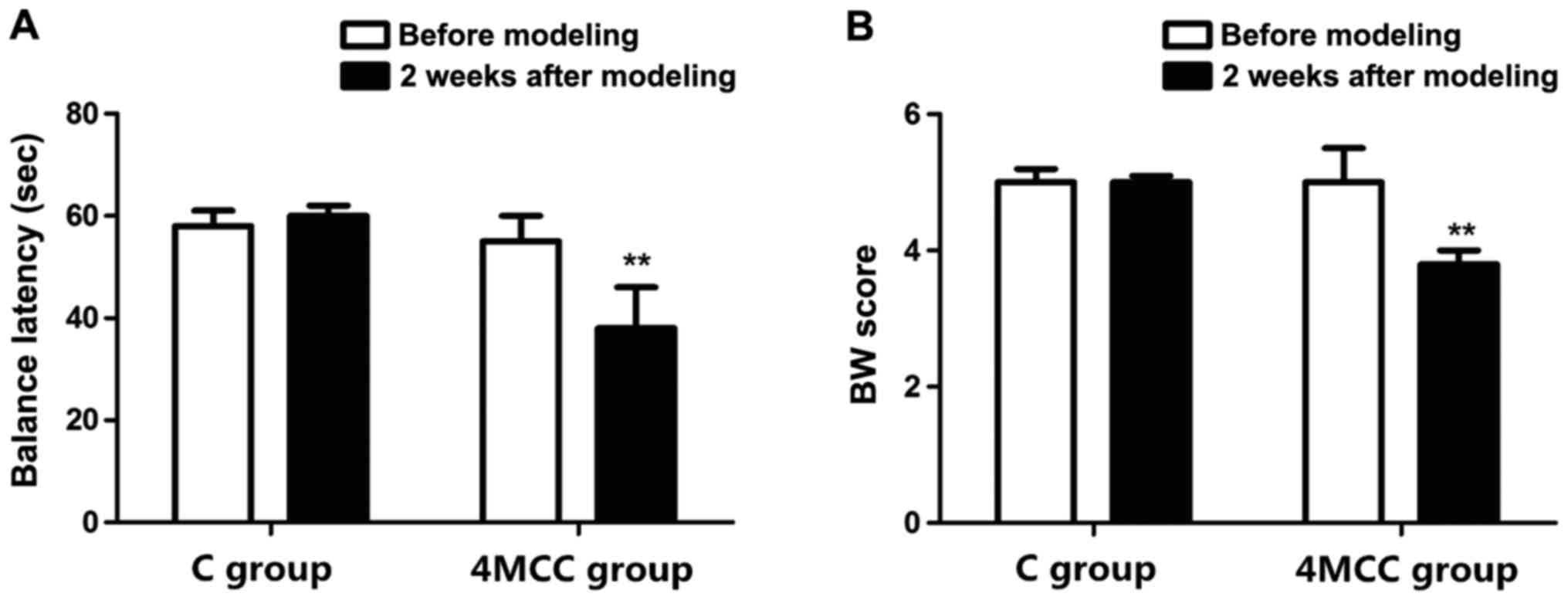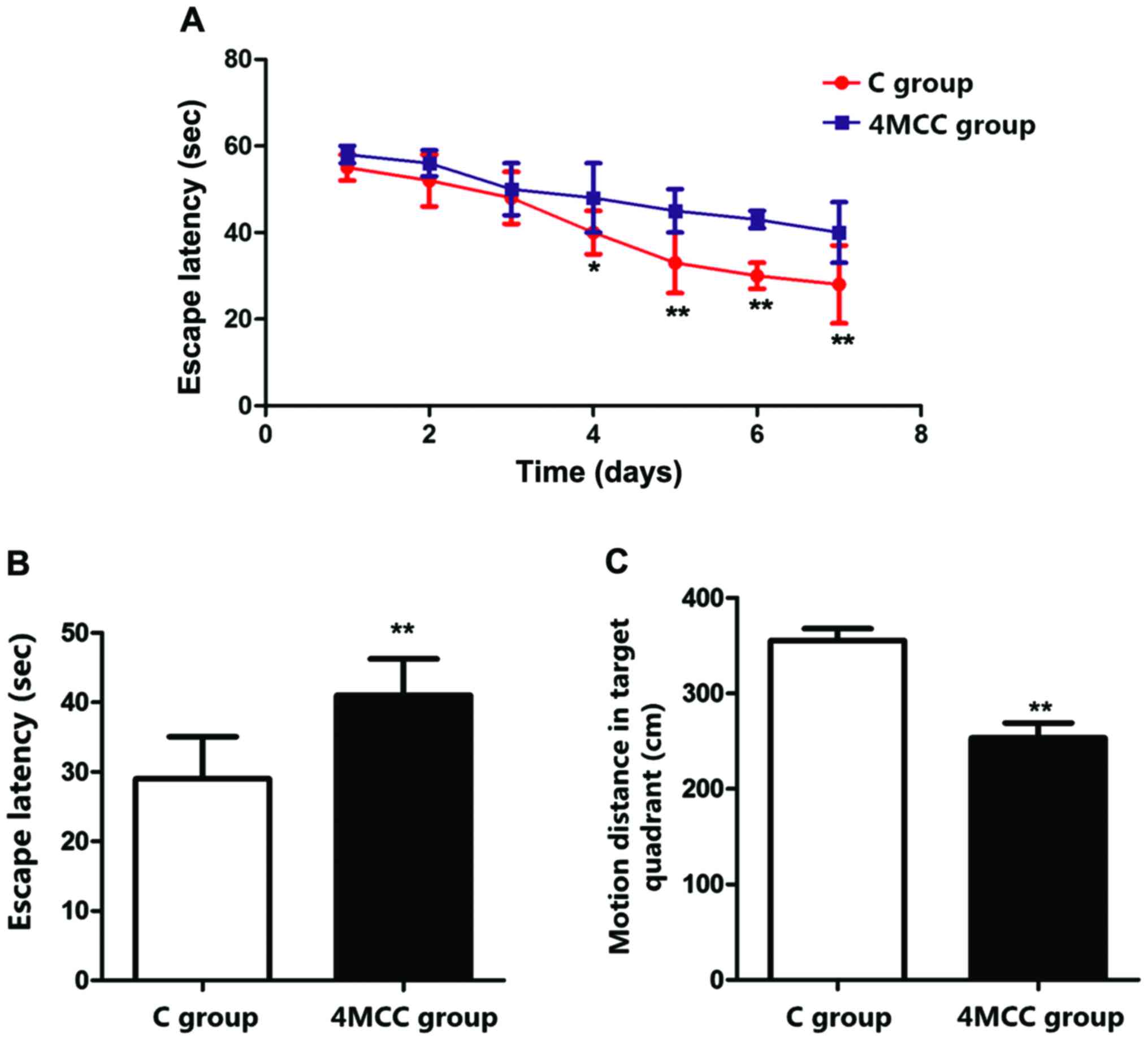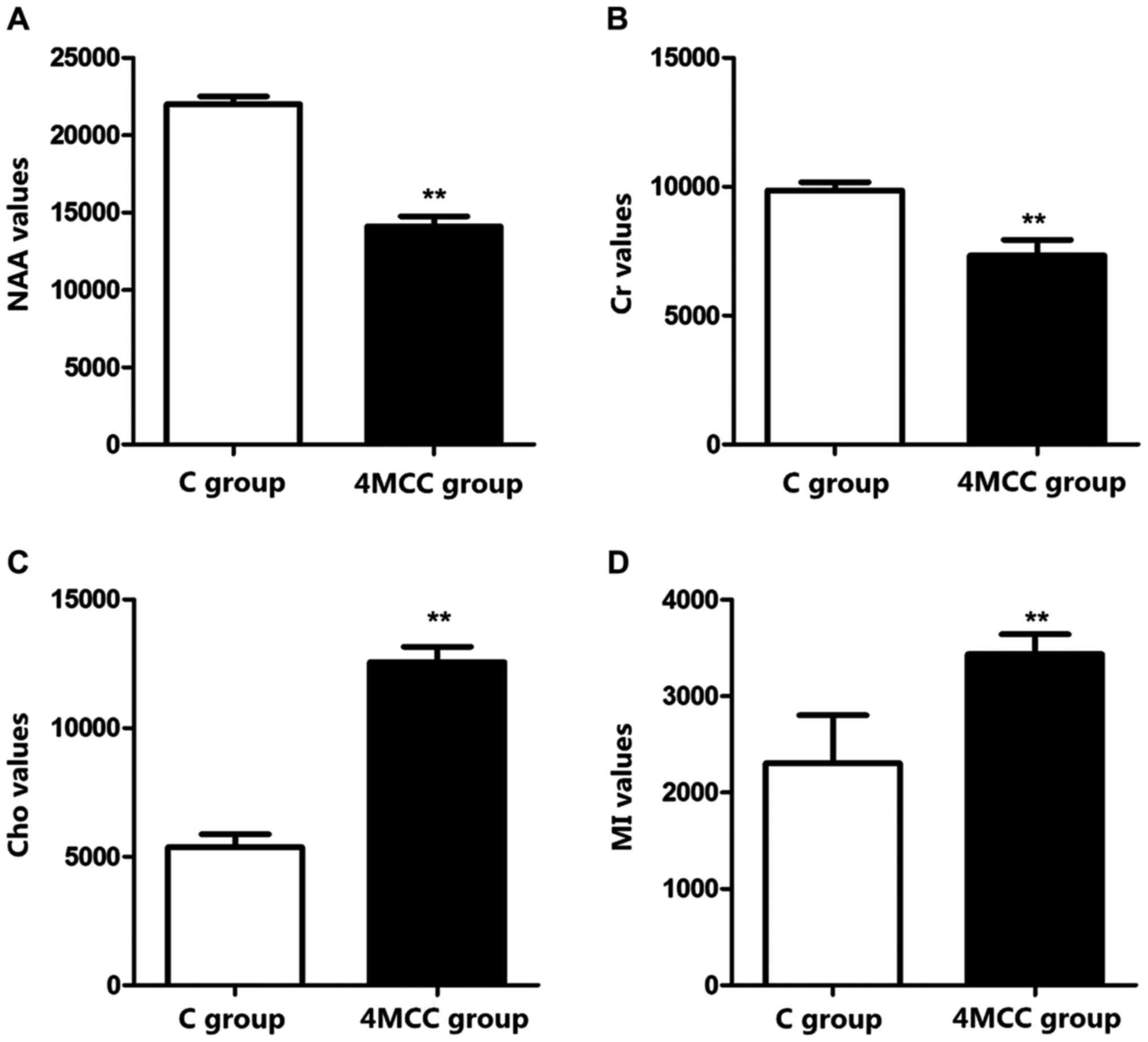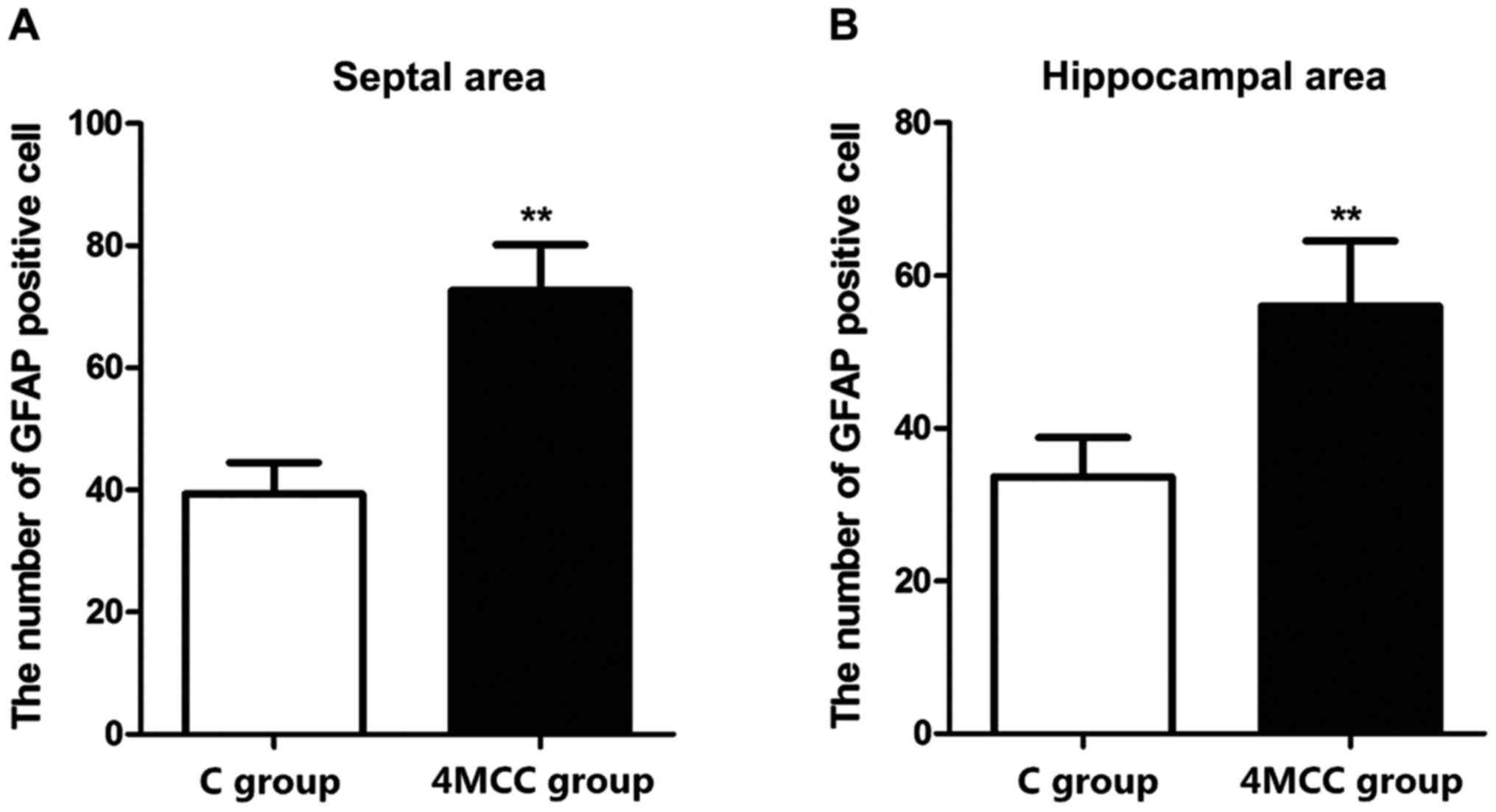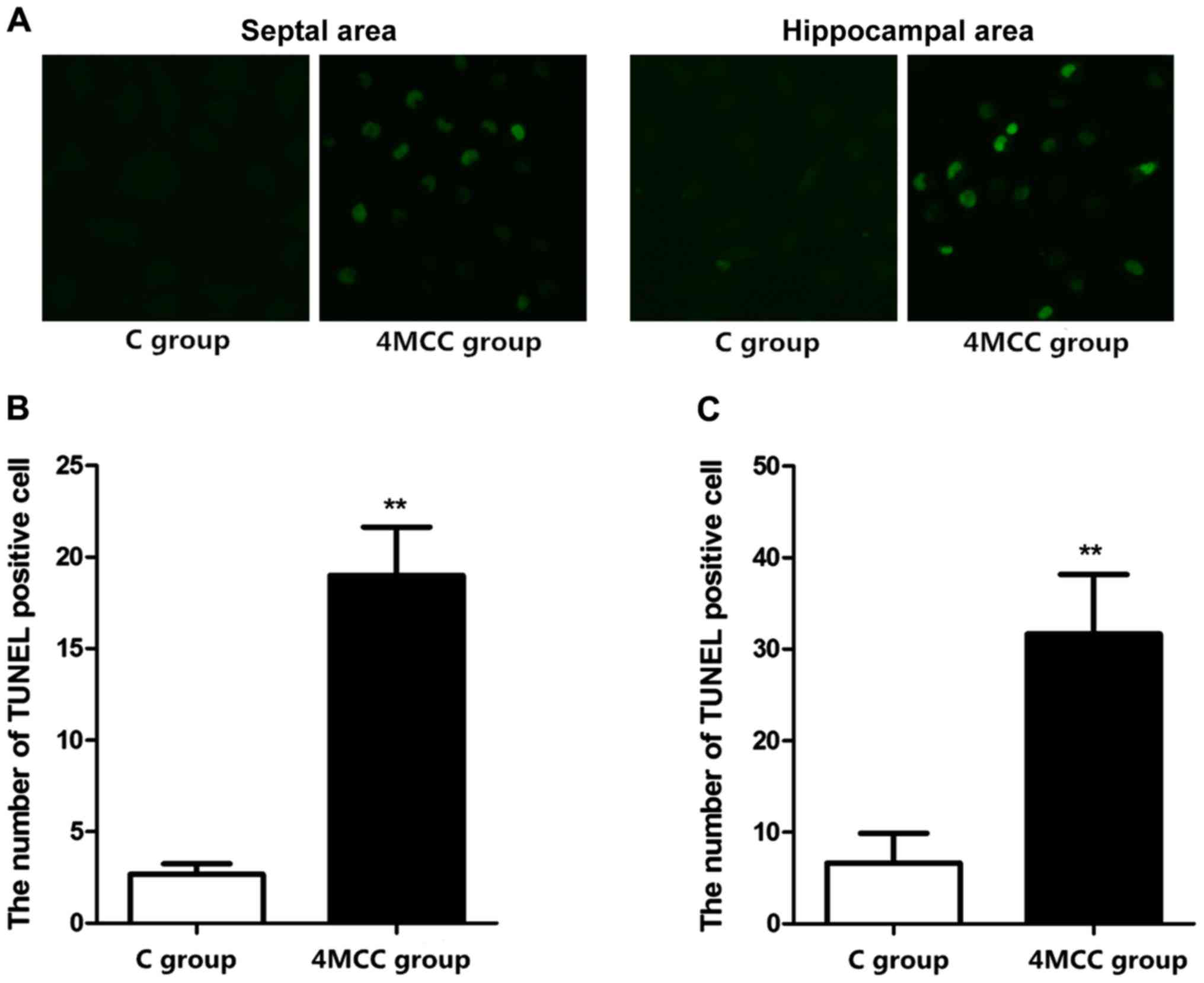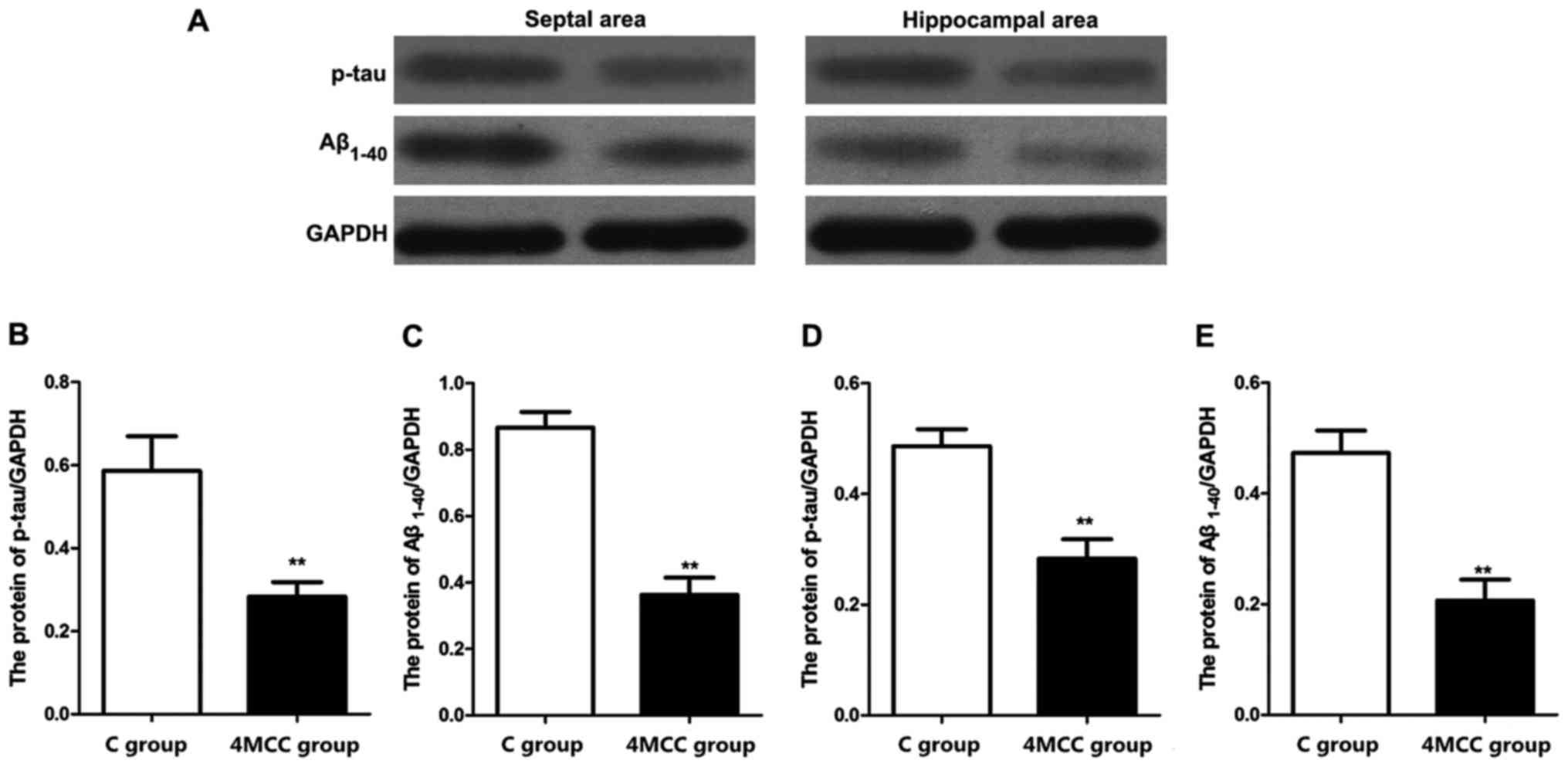|
1
|
Spira JL, Lathan CE, Bleiberg J and Tsao
JW: The impact of multiple concussions on emotional distress,
post-concussive symptoms, and neurocognitive functioning in active
duty United States marines independent of combat exposure or
emotional distress. J Neurotrauma. 31:1823–1834. 2014. View Article : Google Scholar : PubMed/NCBI
|
|
2
|
Gardner AJ, Howell DR, Levi CR and Iverson
GL: Evidence of concussion signs in National Rugby League match
play: A video review and validation study. Sports Med Open.
3:292017. View Article : Google Scholar : PubMed/NCBI
|
|
3
|
Brooks BL, McKay CD, Mrazik M, Barlow KM,
Meeuwisse WH and Emery CA: Subjective, but not objective, lingering
effects of multiple past concussions in adolescents. J Neurotrauma.
30:1469–1475. 2013. View Article : Google Scholar : PubMed/NCBI
|
|
4
|
Ford JH, Giovanello KS and Guskiewicz KM:
Episodic memory in former professional football players with a
history of concussion: An event-related functional neuroimaging
study. J Neurotrauma. 30:1683–1701. 2013. View Article : Google Scholar : PubMed/NCBI
|
|
5
|
Tator CH: Concussions and their
consequences: Current diagnosis, management and prevention. CMAJ.
185:975–979. 2013. View Article : Google Scholar : PubMed/NCBI
|
|
6
|
Gardner AJ, Levi CR and Iverson GL:
Observational review and analysis of concussion: A method for
conducting a standardized video analysis of concussion in Rugby
League. Sports Med Open. 3:262017. View Article : Google Scholar : PubMed/NCBI
|
|
7
|
Hehar H, Yeates K, Kolb B, Esser MJ and
Mychasiuk R: Impulsivity and concussion in juvenile rats: Examining
molecular and structural aspects of the frontostriatal pathway.
PLoS One. 10:e01398422015. View Article : Google Scholar : PubMed/NCBI
|
|
8
|
Webster KM, Wright DK, Sun M, Semple BD,
Ozturk E, Stein DG, O'Brien TJ and Shultz SR: Progesterone
treatment reduces neuroinflammation, oxidative stress and brain
damage and improves long-term outcomes in a rat model of repeated
mild traumatic brain injury. J Neuroinflammation. 12:2382015.
View Article : Google Scholar : PubMed/NCBI
|
|
9
|
Gioia GA: Multimodal evaluation and
management of children with concussion: Using our heads and
available evidence. Brain Inj. 29:195–206. 2015. View Article : Google Scholar : PubMed/NCBI
|
|
10
|
Barker T, Russo SA, Barker G, Rice MA Jr,
Jeffrey MG, Broderick G and Craddock TJA: A case matched study
examining the reliability of using ImPACT to assess effects of
multiple concussions. BMC Psychol. 5:142017. View Article : Google Scholar : PubMed/NCBI
|
|
11
|
Benson BW, Meeuwisse WH, Rizos J, Kang J
and Burke CJ: A prospective study of concussions among National
Hockey League players during regular season games: The NHL-NHLPA
Concussion Program. CMAJ. 183:905–911. 2011. View Article : Google Scholar : PubMed/NCBI
|
|
12
|
Brooks BL, Mannix R, Maxwell B, Zafonte R,
Berkner PD and Iverson GL: Multiple past concussions in high school
football players: Are there differences in cognitive functioning
and symptom reporting? Am J Sports Med. 44:3243–3251. 2016.
View Article : Google Scholar : PubMed/NCBI
|
|
13
|
Mychasiuk R, Farran A, Angoa-Perez M,
Briggs D, Kuhn D and Esser MJ: A novel model of mild traumatic
brain injury for juvenile rats. J Vis Exp. 94:13–28. 2014.
|
|
14
|
Prins ML, Hales A, Reger M, Giza CC and
Hovda DA: Repeat traumatic brain injury in the juvenile rat is
associated with increased axonal injury and cognitive impairments.
Dev Neurosci. 32:510–518. 2010.PubMed/NCBI
|
|
15
|
Khuman J, Meehan WP III, Zhu X, Qiu J,
Hoffmann U, Zhang J, Giovannone E, Lo EH and Whalen MJ: Tumor
necrosis factor alpha and Fas receptor contribute to cognitive
deficits independent of cell death after concussive traumatic brain
injury in mice. J Cereb Blood Flow Metab. 31:778–789. 2011.
View Article : Google Scholar : PubMed/NCBI
|
|
16
|
Kerr ZY, Snook EM, Lynall RC, Dompier TP,
Sales L, Parsons JT and Hainline B: Concussion-related protocols
and preparticipation assessments used for incoming student-athletes
in National Collegiate Athletic Association member institutions. J
Athl Train. 50:1174–1181. 2015. View Article : Google Scholar : PubMed/NCBI
|
|
17
|
Huh S, Kim TW, Yang JH, Moon MH, Kim SY
and Ko HY: Pharmacotherapy prescription trends for
cognitive-behavioral disorder in patients with brain injury in
Korea. Ann Rehabil Med. 42:35–41. 2018. View Article : Google Scholar : PubMed/NCBI
|
|
18
|
Berthier ML, Kulisevsky JJ, Gironell A and
Lopez OL: Obsessivecompulsive disorder and traumatic brain injury:
behavioral, cognitive, and neuroimaging findings. Neuropsychiatry
Neuropsychol Behav Neurol. 14:23–31. 2001.PubMed/NCBI
|
|
19
|
Johnson B, Gay M, Zhang K, Neuberger T,
Horovitz SG, Hallett M, Sebastianelli W and Slobounov S: The use of
magnetic resonance spectroscopy in the subacute evaluation of
athletes recovering from single and multiple mild traumatic brain
injury. J Neurotrauma. 29:2297–2304. 2012. View Article : Google Scholar : PubMed/NCBI
|
|
20
|
Lin AP, Ramadan S, Stern RA, Box HC,
Nowinski CJ, Ross BD and Mountford CE: Changes in the
neurochemistry of athletes with repetitive brain trauma:
Preliminary results using localized correlated spectroscopy.
Alzheimers Res Ther. 7:132015. View Article : Google Scholar : PubMed/NCBI
|
|
21
|
Hazrati L-N, Tartaglia MC, Diamandis P,
Davis KD, Green RE, Wennberg R, Wong JC, Ezerins L and Tator CH:
Absence of chronic traumatic encephalopathy in retired football
players with multiple concussions and neurological symptomatology.
Front Hum Neurosci. 7:2222013. View Article : Google Scholar : PubMed/NCBI
|
|
22
|
Okonkwo DO, Yue JK, Puccio AM,
Panczykowski DM, Inoue T, McMahon PJ, Sorani MD, Yuh EL, Lingsma
HF, Maas AI, et al Transforming Research and Clinical Knowledge in
Traumatic Brain Injury (TRACK-TBI) Investigators, : GFAP-BDP as an
acute diagnostic marker in traumatic brain injury: Results from the
prospective transforming research and clinical knowledge in
traumatic brain injury study. J Neurotrauma. 30:1490–1497. 2013.
View Article : Google Scholar : PubMed/NCBI
|















